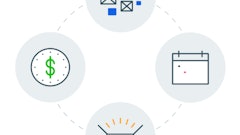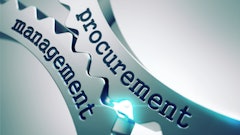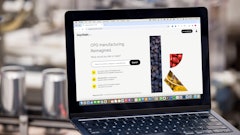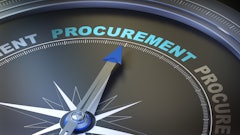
BP wanted to free up procurement resources to concentrate on value-added procurement activity as well as ensure it was managing spend and budgets efficiently. To do this, the company wanted to automate as much of its process as possible and monitor procurement data in real time to identify efficiencies.
Procurement at BP is an incredibly large operation. The company’s supply chain spans the globe, incorporating functions as varied as drilling for oil, to constructing wind turbines, to operating retail storefronts. In this environment, the procurement team needs to manage spend ranging from the receipt rolls in cash registers to billion-dollar specialist equipment.
“Sourcing and contract negotiations can be quite a manual process,” says Nicholas Wright, director, digital and innovation at BP. “It requires careful attention at every step of the process—from capturing and sending the requirements out to suppliers to have them bid on particular requirements or scope, to the selection of a final vendor and the activities required to onboard them. It's an incredibly time- and resource-intensive process.”
BP not only wanted to free up resources to concentrate on value-added procurement activity, but also wanted to ensure it was making the best use of the digital tools available within the marketplace. To do this, BP wanted to be able to automate as much of the process as possible, as well as monitor and analyze procurement data at a granular level. Wright says Fairmarkit is delivering “a great outcome.” He says the platform automates what used to be a manual process to help BP do things faster with less people.
But, for Wright, Fairmarkit’s proposition has served another benefit.
“It has pushed the boundaries,” he says. “At BP, it was one of our first significant digital platforms, and it is disrupting the way that we work within procurement; it’s actually made people stand up and realize that we can do things differently. As a team and a company, we’re inspired to go out and look for the next Fairmarkit, whatever that may be, and be more aware and open to disrupting other manual processes.” By working with Fairmarkit to automate processes, BP's procurement team was able to deliver the same scope automatically that was previously done manually. “We can now do more with less,” says Wright. “Automation and the capture of data makes our platform infinitely smarter than any one person. We are now using real time data to make accurate decisions—more than one single brain can comprehend.”
BP procurement team members are also using data collected from previous transactions to make smarter decisions. “For instance, if we’re paying for a certain products and services, we can now see how much other organizations pay for those products and services and evaluate whether we’re getting a competitive price,” says Wright. “To be able to do that in real time—on every single transaction—is a level of transparency that is extremely value-additive. We’re using price history to inform the future.”

























